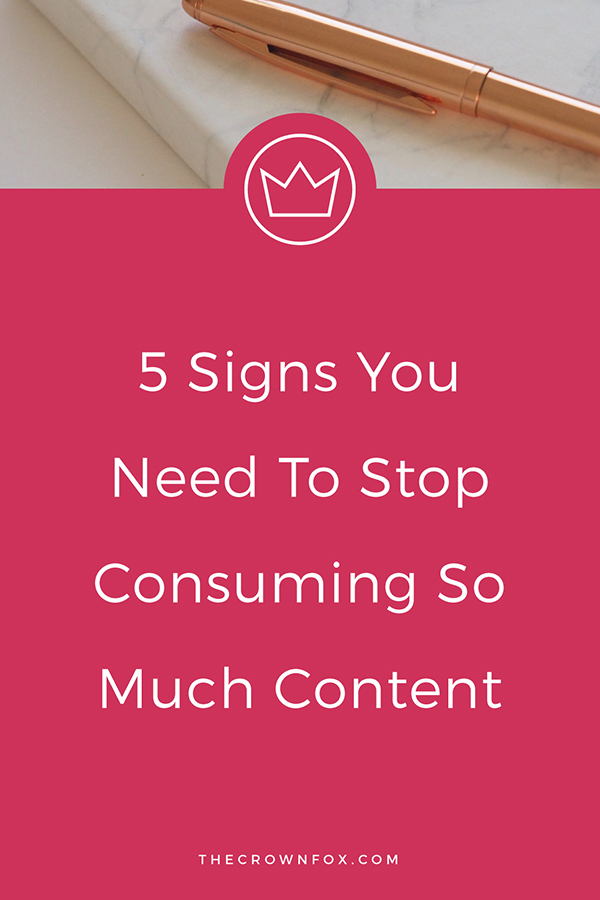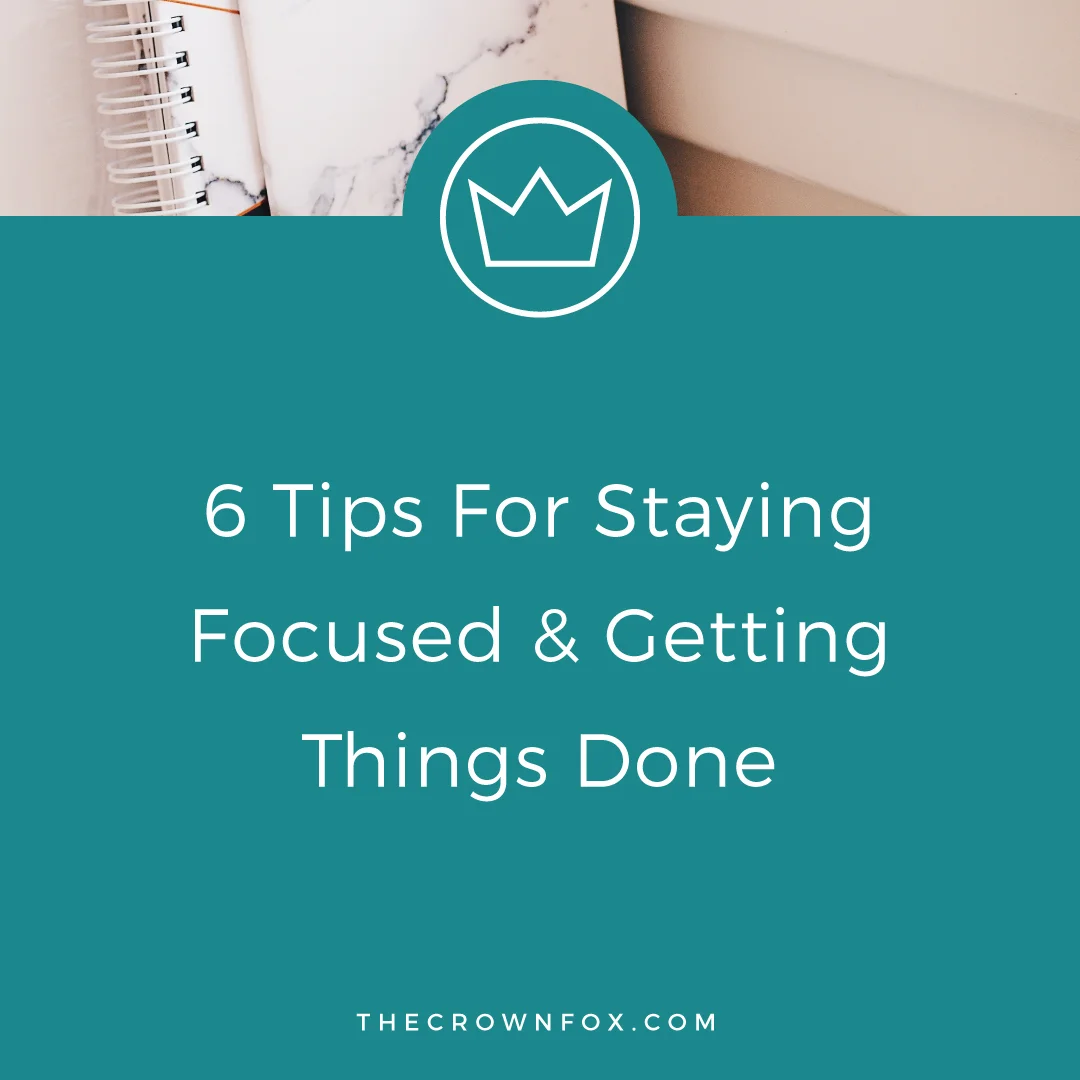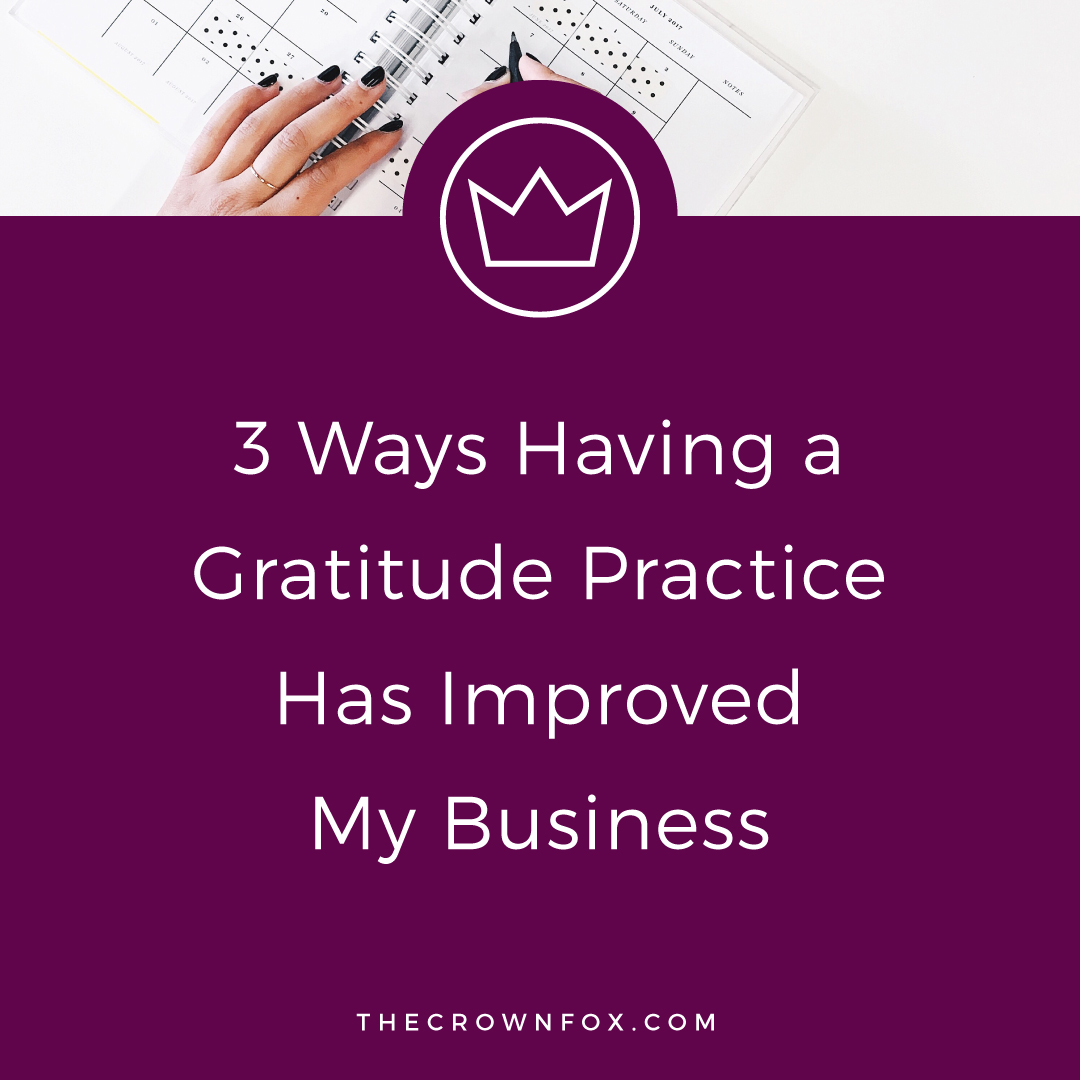Let’s talk about a disease that can be hard to avoid in this world of online business. It’s called overconsumption and it can wreak havoc on all aspects of your psyche and your business. Reading, research, and supporting others is necessary and beneficial – but at what point is it too much?
YOU USE IT AS A WAY TO AVOID WORK
The first sign that you are beginning to consume too much content is that your actual work output starts to dwindle. This is dangerous territory because at the end of the day you are trying to run a business. If you spend all your time reading how other people run their businesses, you aren’t actually putting money in the bank.
When I first started TheCrownFox I was guilty of this. I researched and read so many articles about business, because I knew my design skills were solid but my business acumen was not. This was mostly useful information, but it hardly ever got put into practice and just filed away in the back of my mind. I get it, I really do. You have to brush up on skills and knowledge where you might not be as confident – and the Internet is a great tool for that – but you also have to put things into the world and create and just go for it. I’ve had more success “figuring it out” than reading post after post telling me “what to do.”
Chances are what you really are doing is holding yourself back from those initial steps because you are scared of taking them. Completely understandable! I don’t know a single other business owner that hasn’t been terrified at some point along the way. Do you know what the trick to overcoming this fear is? Just going for it. Figuring it out. Saying “yes” more. Don’t let over consuming stand in the way of you starting your dreams. It’ll make you feel like you’re “working” but in reality it’s not translating into dollar dollar bills, y’all.
YOU CRAVE A REBRAND
Another sign that you are over consuming is that you constantly find yourself craving a rebrand. This should be a red flag. If you find yourself viewing peers websites and social media and wanting to emulate their brand – turn away from the computer screen. I’m serious! I know it’s so easy to see someone’s success and want that for your business. I know it’s easy to see their beautiful images, their lovely client work, their amazing Instagram feed and think “I can do that.”
But, the thing is, you can’t. That business developed all of those pieces and parts for a reason – to attract their target client. For you to take that for yourself isn’t fair or right. Instead, turn off the consuming, and take time to figure out your target client. Figure out how you can serve them and who they are. Develop your own unique branding and strategy that caters to your target client, instead. That is better time spent and overall puts you in a position for success (in my opinion, copycats never see much long-term success, because they can’t maintain someone else’s vision and voice).
YOU CHANGE YOUR SERVICES / OFFERINGS
This piggybacks off the previous point, but another sign of over consuming is becoming “obsessed” with a new idea every day. Maybe one day you want to be a branding strategist, and the next day a designer, and the next day a brand photographer, etc., etc. I get it, you might be good at all of those things – and other people might make them look really glamorous and appealing – but time would be better spent for you getting introspective and really seeing how your skills could benefit your target client.
When you’re busy being too influenced or too consumed with other people’s work and businesses and offerings it begins to cast a shade over you that makes you unsure if you’re on the right path (and more likely to waver, shift, or change your ideas). I get that. That happens in everything: the clothes we wear, how we style our hair, our beliefs, our values, etc. But I promise you this, when you start running your business in a way that feels comfortable to you and good for you, success starts flowing in.
YOUR VOICE SHIFTS
This is one that I see happen very often. Similar to your visuals, it’s easy to become over-influenced with how someone presents their information. Maybe it’s the words they use, the idiosyncrasies they have, they way they structure their sentences, etc. Maybe it’s the examples they usually use (hi, I always talk about Chipotle. #basic), the stories they tell, or the way they insert their personality. Whatever it is – the reason you like it so much on them is because it’s natural and real and authentic to them.
Luckily for you, you have a unique voice already built in. You’ve developed it your whole life. You have stories, phrases, and ways of presenting information that is special and personal to you. That’s what people value and want to hear. No one wants to read my blog, head to your blog and read the same content, and then head to another blog and read the same content, and have all of them be exactly the same in voice. We can talk about similar ideas very differently because our perspectives, experiences, and journeys are different.
This is partly why I have had to stop consuming other branding designers content almost entirely. I fear being too influenced by their clever metaphors or great examples. It’s inevitable we will talk about similar ideas and topics, because branding is a niche, but we can present it in unique ways that relate to different audiences in different ways.
YOU FEEL INADEQUATE
The absolute worst part about over consuming is the doubt, inadequacy, and comparison trap that it lures you into. Don’t get me wrong, I am all about community over competition and I support and love my peers’ success – but regardless of that, it’s still easy to feel a pang of “dang, I’m doing something wrong,” when you see other people moving quicker than you or reaching milestones before you.
That’s human. I get that. It happens. To stay focused on the good, and the community, I focus on building relationships with people in my niche and broader industry. I focus on actual communication and building a friendship versus just reading their blog non-stop. This fosters a real connection and potential for growth and feelings of gratitude and happiness, versus reading their blog and having no idea who the actual person is that wrote the content. If you are feeling filled with doubt over reading other people’s content, the solution is simple: stop reading it. Find other ways to connect and show support. Interact with them on Twitter or chat with them on Periscope, instead. To me, that is actually more supportive and more community-building than reading their blog, getting frustrated, and feeling resentful.
If you want to hear me talk more about a similar idea, I did a Periscope last month that relates. You can click here and watch it! Otherwise, I hope that this helps you to come to some conclusions about what is a healthy amount of consuming for you and for your business. Let me know in the comments below where you struggle with consuming, or if you've felt any of these things before! I'd love to connect with you.








Hi! I’m Kaitlyn!
I believe that you can create a life and business you love by listening to your own inner guidance system. I think there's plenty of strategies + hacks to learn and a ton of “how to” content you can consume but ultimately you are your best guide, the best guru, the best compass, and the best source of inspiration! I’m here to help you learn to trust that voice inside, step into your incredible power, and create YOUR dream business + life.
Let’s work together!